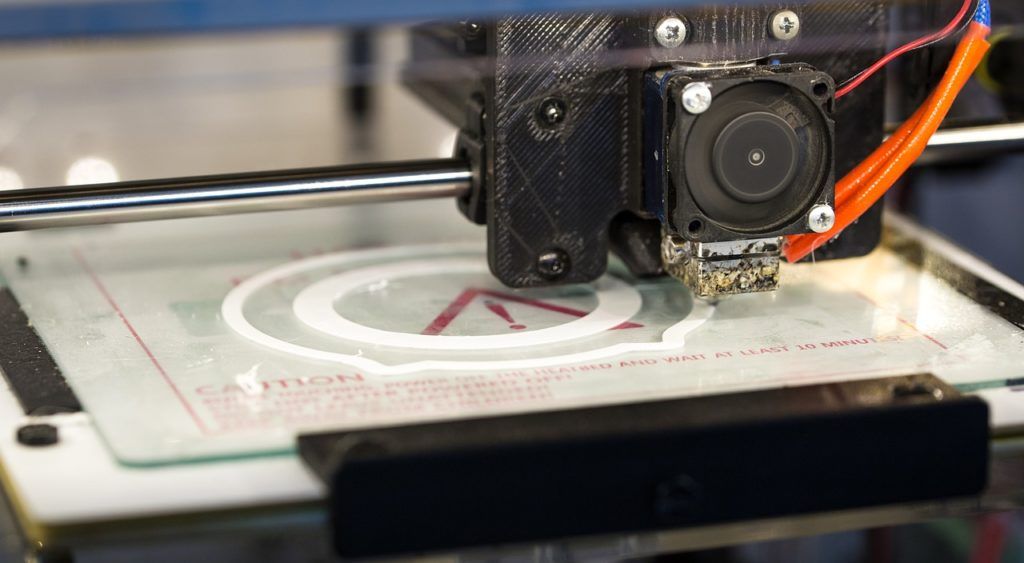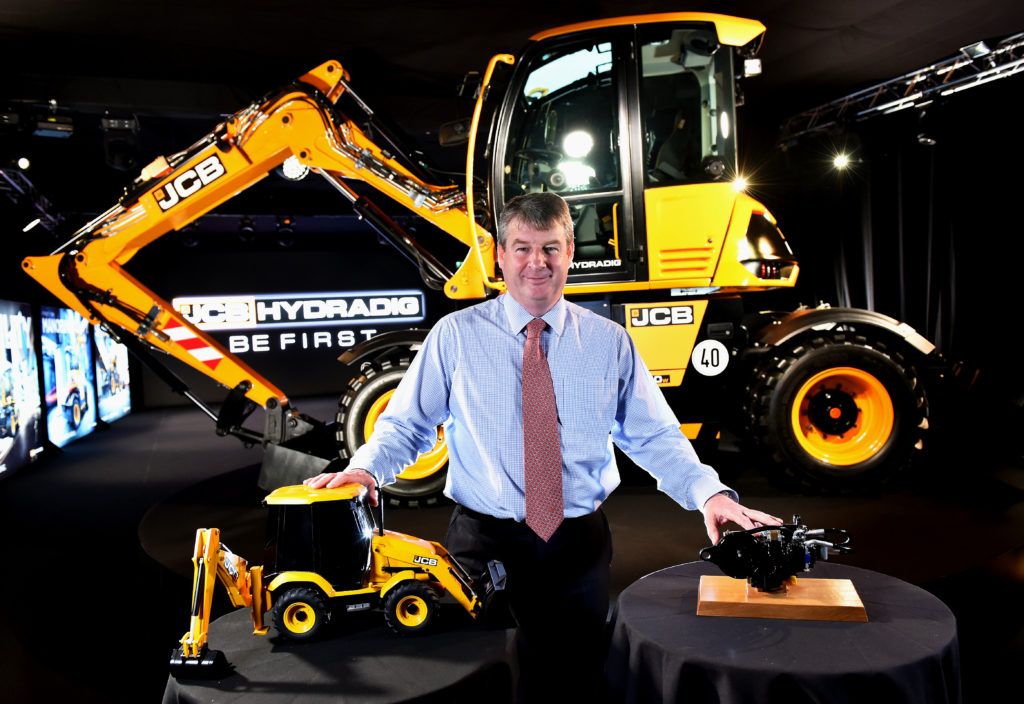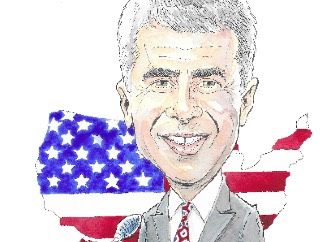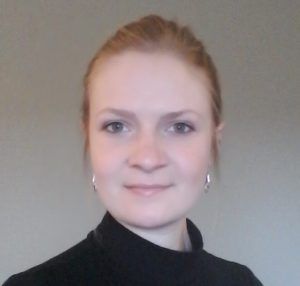
Charlotte Boig from Cummins Turbo Technologies explores the rise in additive manufacturing in the production of turbochargers, a key component in the diesel engines that power the majority of off-highway and industrial vehicles.
As an alternative to conventional manufacturing techniques, such as casting, additive manufacturing (AM) encompasses a wide variety of fabrication technologies in which selective material addition or deposition takes place to build up the required geometry of a component. SLM is a powder bed AM technique which is suitable for the fabrication of net shape or near net shape components.
During SLM, powdered metal feedstock is swept over a substrate in thin layers, each of which is selectively melted by a focussed laser in accordance to successive slices of a CAD file to produce a three-dimensional component.
The biggest strength of SLM is that it arms the user with the freedom to design for performance rather than compromising for manufacturability.
The process allows for the production of innovative, complex geometries including thin walls and internal structures, removing redundant material from unstressed regions of a component without adversely affecting strength or stiffness. Weight savings of around 40 per cent have been demonstrated through optimisation, reducing material waste and component inertia.
The flexibility of AM extends beyond geometrical freedom by enabling customisable material properties, flexible manufacturing, on-site production and remote manufacturing. Additionally, AM machines have a relatively small footprint and fewer external requirements, compared to casting foundries, meaning they can be installed in numerous environments including developing countries or remote locations such as mines in the Australian outback.
Although AM removes the manufacturing restrictions of casting – such as removal of moulds, avoidance of thin sections and consideration of liquid metal’s fluid lifetime and behaviour during pouring – it does have design restrictions of its own which should be taken into account.
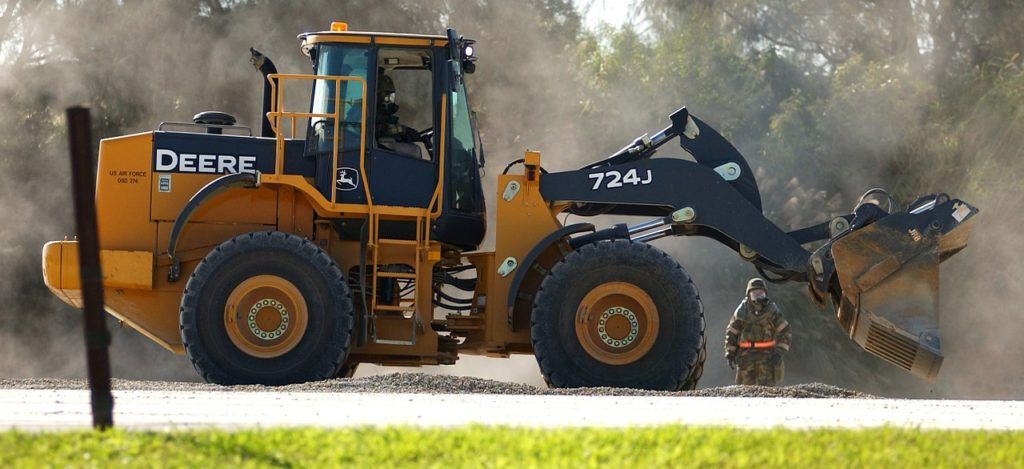
The main challenge posed by SLM when applied to turbomachinery is the use of its base material, high Nickel-base (Ni-base) superalloys. This material is susceptible to solidification cracking during processing, caused by high residual stress resulting from high thermal gradients inherent in the SLM process. These cracks are usually not more than a few microns wide but have the ability to join up and form networks that run throughout the material.
We have found that reducing the energy imparted to the powder during SLM will produce a melt pool of smaller dimensions which will cool more quickly reducing the time available for segregation to the liquid, hence reducing the susceptibility for solidification cracking. However, too much reduction of energy could cause excessive strain build-up in the structure due to faster cooling rates thus increasing stress relief cracking. With this in mind, a compromise must be found.
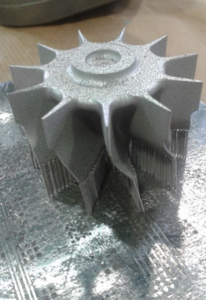
Although it is not yet possible to produce turbine wheels in the desired materials, it is possible to obtain SLM versions of the component made from Ni-base superalloys more suited to the process. Such components can be procured with considerably shorter lead times compared to conventional investment casting and have proved to be compatible for use as performance indicator parts.
Furthermore, the cost of small volume production runs has been shown to be more than ten times lower than conventional manufacturing when fewer than 100 units are required.
Lead times for such components are also more favourable, being on a scale of weeks rather than months.
Both these benefits stem from eliminating the requirement of costly moulds. SLM production techniques reduces the need for a large inventory, representing a significant cost-saving, through moving towards production on-demand. This notion is especially applicable to lower volume production runs of premium products which could be enhanced by features otherwise impossible to manufacture using traditional methods.
Thanks to its flexible design and implementation abilities, AM is already widely accepted for its suitability to prototyping where low volumes of multiple component types are required. This relatively new approach to manufacturing production parts is gaining momentum within the aerospace and motor sport sectors where high cost, low volume parts are key.

It is worth noting, however, that companies in these sectors are still reserved about adopting AM technology as it can never compete with investment casting in terms of manufacturing time or cost of components like standard turbine wheels which are produced in their hundreds and thousands.
However, some turbocharger applications are not produced in such high numbers and an alternative approach in their design and manufacture may afford some advantage. For example, a turbocharger with a turbine wheel of approximately 130mm diameter has typical volumes in the low thousands. This larger size means their potential for development, using AM, permits wider scope for topology optimisation which adds value to the component by reducing transmit response through a reduction in turbine wheel inertia. This is an advantage which cannot be provided by investment casting and one that could be used to optimise the the engines of larger vehicles.
The trajectory of the metal AM market will soon be determined based on the performance of metal AM components in their infancy after recent adoption by large engineering firms. With this in mind, the metals AM market, including AM systems and powdered metals is expected to reach $6.6 million in the next ten years.
At present, the cost of metal AM is a significant factor inhibiting businesses’ adoption of the process: powdered metal feedstock costs are notably higher than conventionally manufactured materials and additive manufacturing machine costs are also disadvantageous.
However, these costs are continually decreasing, with the average price of a metals AM machine decreasing 51 per cent between 2001 and 2011. Reduction in powdered feedstock costs is also expected to follow as adoption of the process increases.
With these factors in mind, it can be said with increasing confidence that metal AM will continue to grow at a faster and faster rate through the next decade as the advantages of using the technology become more widely understood.
If used appropriately, metals AM has the potential to revolutionise the design and use of a component so for turbochargers, this may mean improved efficiency by unlocking alternative wheel designs, improved prototyping through lead time reduction and on-site manufacturing or reduced service and warranty costs through production and repair of obsolete turbine wheels.
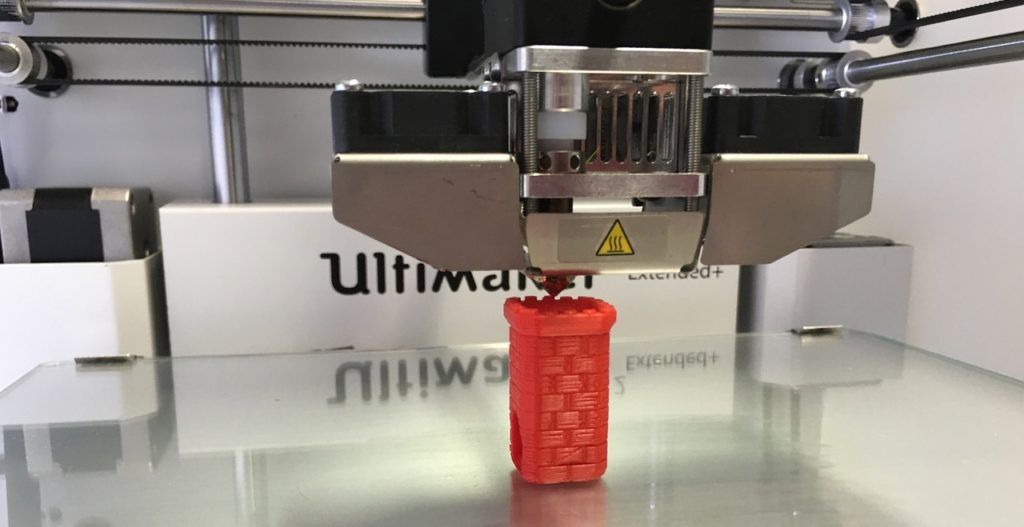
In summary, SLM has the potential to offer numerous advantages over conventional manufacturing techniques, namely design freedom, flexible processing and on-site manufacturing. All factors that would indirectly and directly benefit operators of industrial vehicles.


